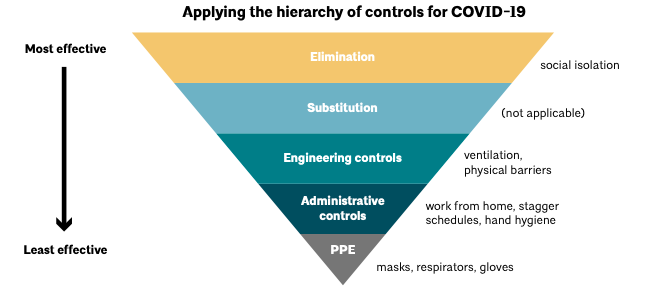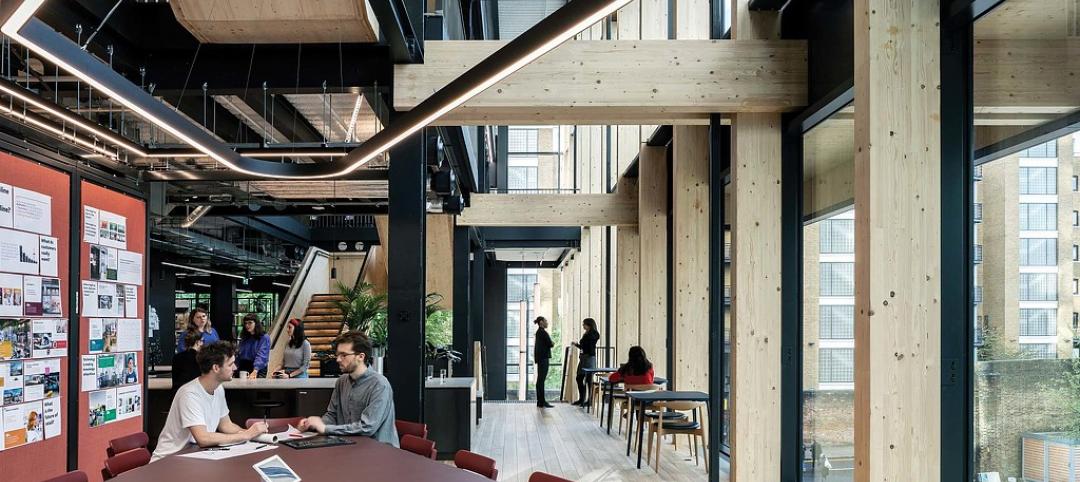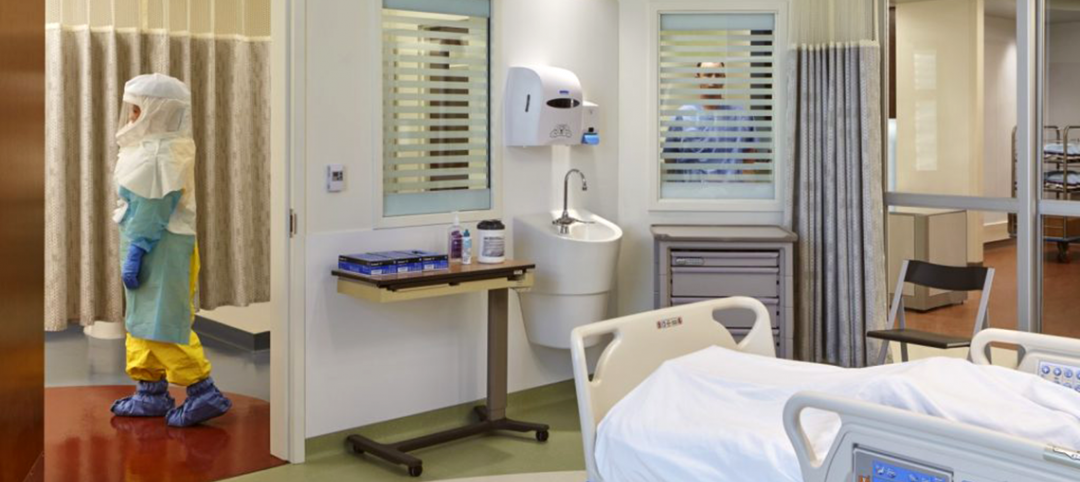The American Institute of Architects (AIA) is releasing a new Re-occupancy Assessment Tool today that provides strategies for limiting exposure to COVID-19 in buildings.
"Design is a response to the conditions, needs and functions of our society,” said AIA 2020 President Jane Frederick, FAIA. “This may be the most pivotal and defining moment in our lifetime for design. Architects are needed in this crisis to help safely transition our communities back to offices, schools and the many other places that are important in shaping our daily lives.”
AIA’s Disaster Assistance Committee developed the Re-occupancy Assessment Tool to provide public officials, businesses and architects with practices that protect the health, safety and welfare of the public while businesses, stores, restaurants, etc., reopen. The tool provides a framework of strategies and general mitigation measures that can help reduce exposure to COVID-19.
Using credible science, a multi-disciplinary team of architects, public health experts, engineers, product designers, and facility managers will evaluate behavioral, spatial, material and operational strategies to customize the tool for a variety of building types, including:
• offices;
• schools (K-12);
• multi-unit dwellings;
• retail establishments, restaurants; and
• senior care facilities.
Findings will be released in phases as they become available, with a priority focused on strategies that address immediate needs. Long-term strategies will also be developed for making buildings more resilient in the face of pandemics, natural hazards, climate change and other risks.
Visit AIA’s website for more COVID-19 resources for architects.
Related Stories
Coronavirus | Mar 15, 2020
Designing office building lobbies to respond to the coronavirus
Touch-free design solutions and air purifiers can enhance workplace wellness.
Coronavirus | Mar 15, 2020
In the face of the coronavirus, workplace wellness is key
Here are a few considerations employers should keep in mind in creating plans for a healthy and effective work environment.
Coronavirus | Mar 13, 2020
AEC business impacts from COVID-19: We want your input!
The BD+C editors would like to hear from you on how your firm is handling business operations and projects during the coronavirus outbreak.
Coronavirus | Mar 13, 2020
COVID-19 and real estate: How the coronavirus is impacting the AEC industry
Here's the latest news BD+C editors are tracking on COVID-19's impact on the AEC industry and the real estate market.
Coronavirus | Mar 11, 2020
A look at how U.S. hospitals are designed to battle infectious diseases like coronavirus
Some health systems can use telehealth and video visits to asses and triage patients before they arrive at a hospital.












